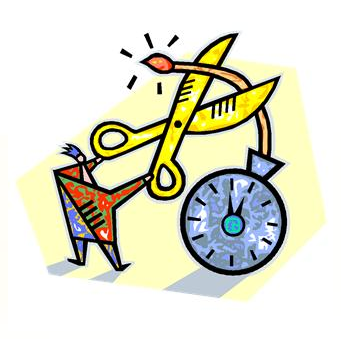eDiscovery Case Law: Defendant Can’t Be Plaintiff’s Friend on Facebook

In Piccolo v. Paterson, Bucks County, Pa., Common Pleas Court Judge Albert J. Cepparulo denied the motion from the defendant requesting access to the photos of plaintiff Sara Piccolo posted in her Facebook account.
Piccolo filed an action against the defendants after being injured in a one-car accident while a passenger in a car driven by defendant Lindsay Paterson. According to the defense motion, filed by attorneys at Moore & Riemenschneider, Piccolo testified she had a Facebook account and was asked at deposition if the defense counsel could send a “neutral friend request” to Piccolo so that he could review the Facebook postings Piccolo testified she made every day. Piccolo’s attorney, Benjamin G. Lipman , ultimately denied the request, responding that the “‘materiality and importance of the evidence … is outweighed by the annoyance, embarrassment, oppression and burden to which it exposes'” the plaintiff.
The defense argued that access to Piccolo’s Facebook page would provide necessary and relevant information related to the claims by Piccolo and cited a case, McMillen v. Hummingbird Speedway, Inc. (previously summarized by eDiscoveryDaily here), in which the court ordered the plaintiff to provide his username and password to the defendant’s attorney. The plaintiff’s attorney argued that the defense had only asked for the pictures Piccolo posted on Facebook and that they had already been provided with “as complete a photographic record of the pre-accident and post-accident condition” of Piccolo.
As a result of the accident in May 2007, Piccolo suffered lacerations to her lip and chin when hit in the face with an airbag. She had 95 stitches to her face and then surgery to repair her scarring six months later. With permanent scars on her face, Piccolo allowed the insurer in 2008 to take photographs of her face and gave the defense 20 photos of her face from the week following the accident and five photos from the months just before the accident.
In Piccolo’s response to the defense motion, Lipman argued that defense counsel had only asked at Piccolo’s deposition about the pictures she posted on Facebook, not any textual postings. He said that the defendant had already been provided “as complete a photographic record of the pre-accident and post-accident condition” of Piccolo as she “could reasonably have a right to expect in this case.”
Judge Cepparulo agreed, ruling with the plaintiff and denying the defense access to Piccolo’s Facebook page in a one-paragraph motion.
So, what do you think? Did the judge make the correct call or should he have issued a ruling consistent with McMillen? Please share any comments you might have or if you’d like to know more about a particular topic.







